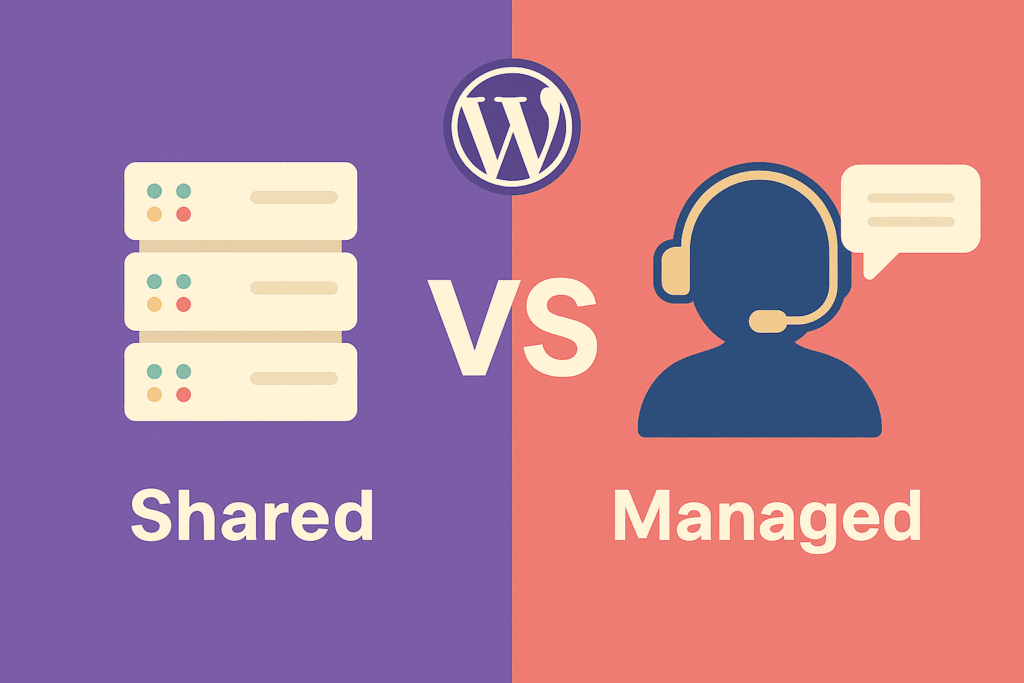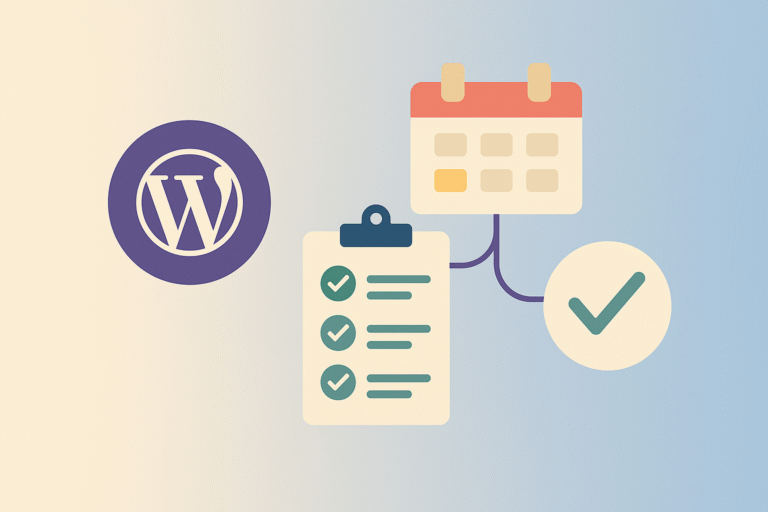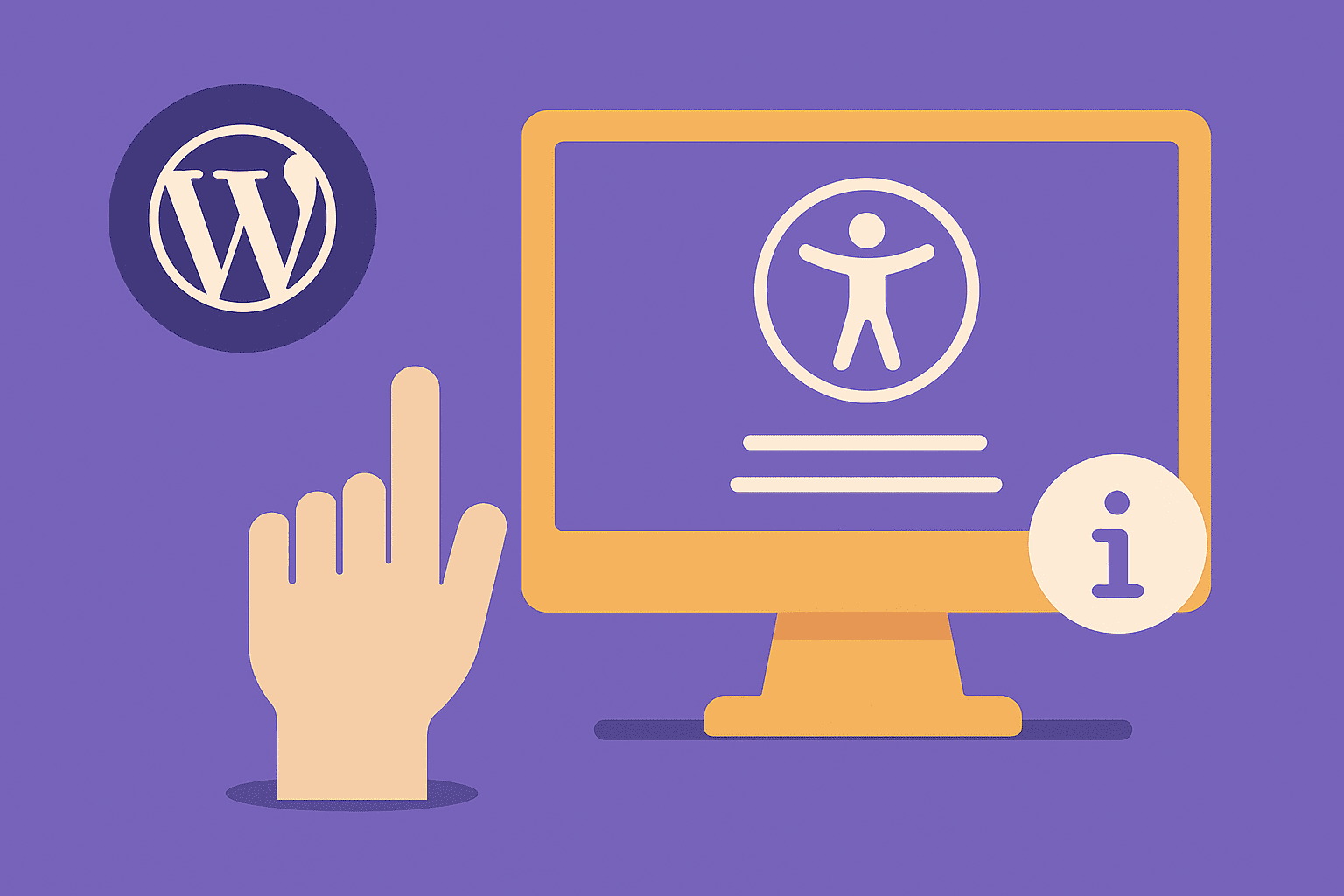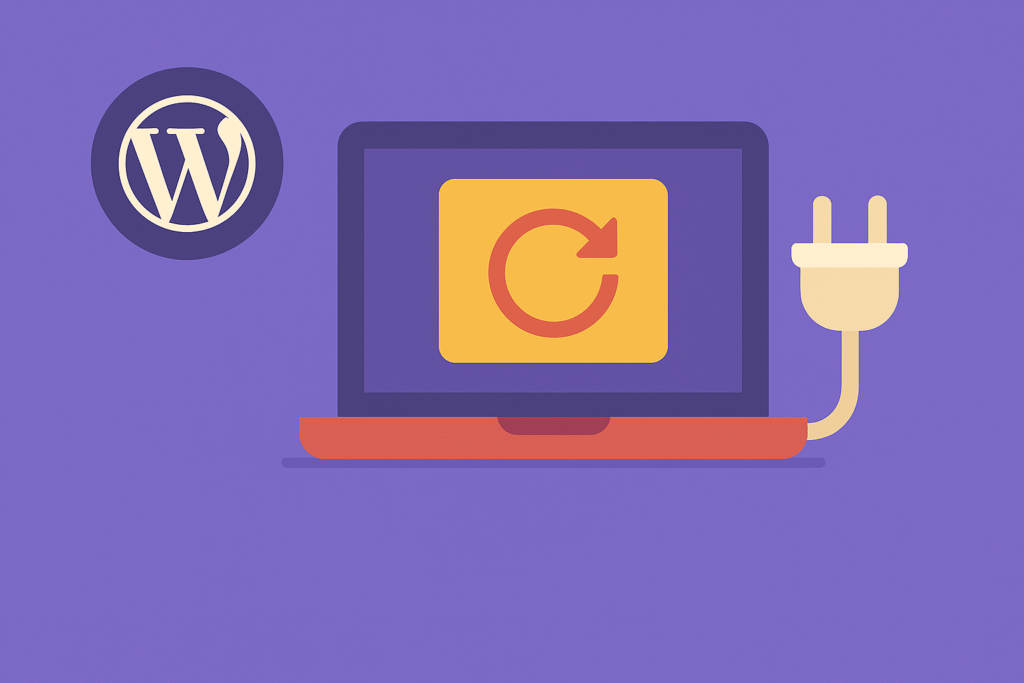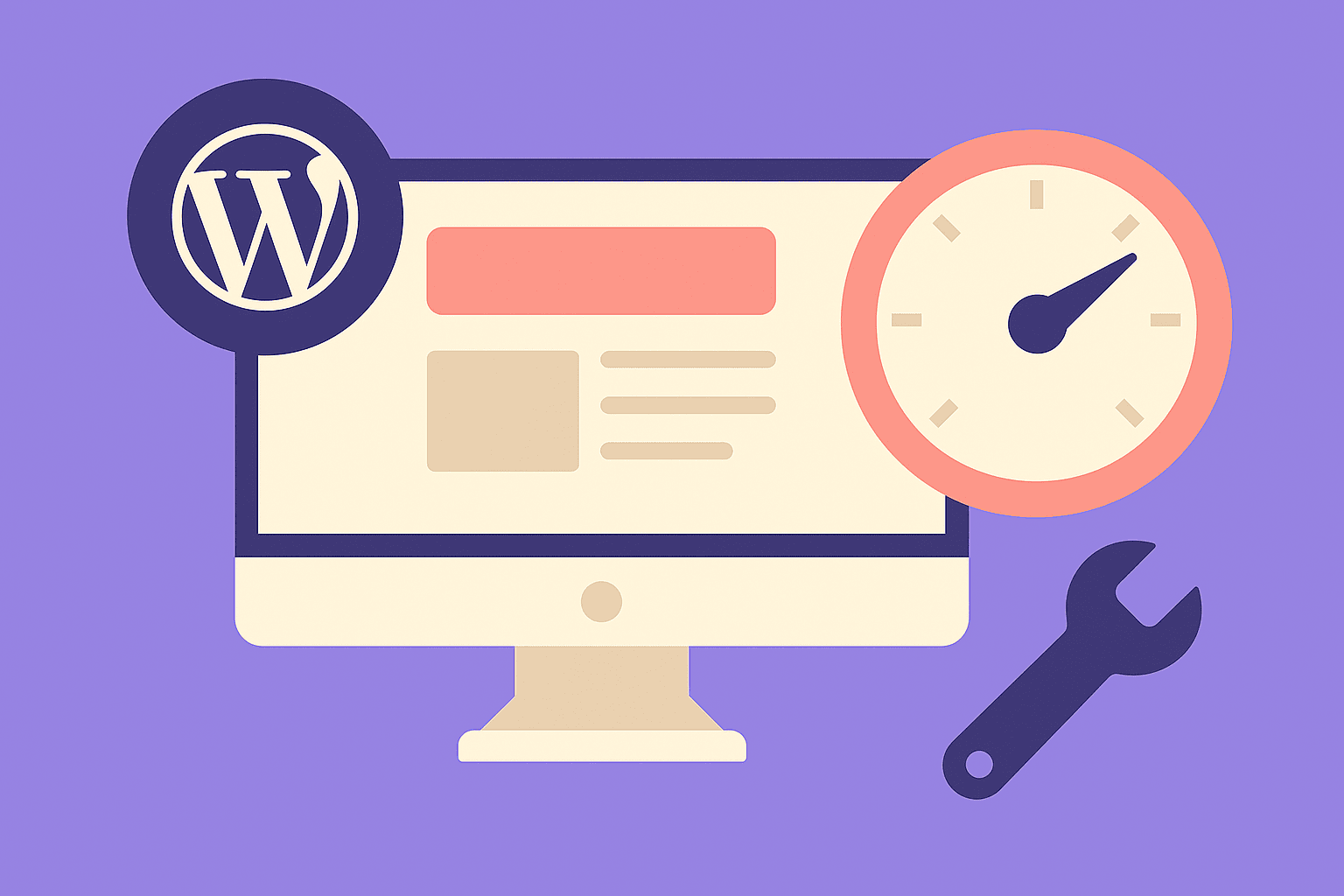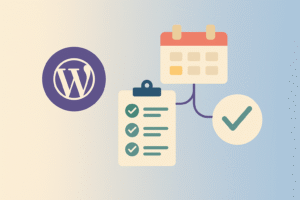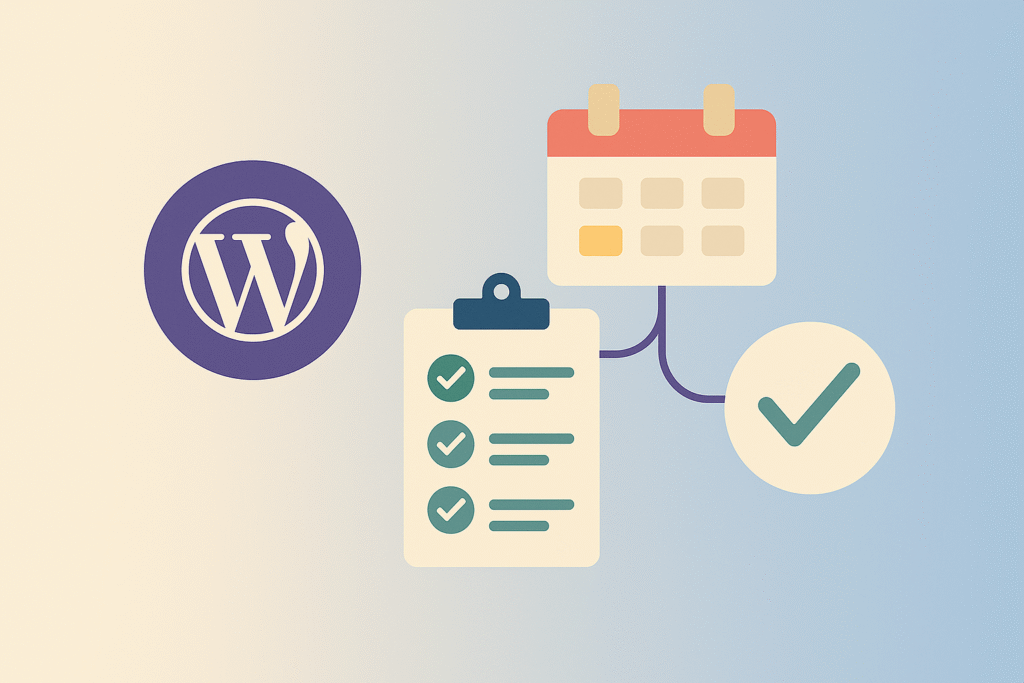Introduction
Your hosting choice is one of the most important decisions for your WordPress site. With so many providers, two main types stand out: shared hosting and managed WordPress hosting. Each has its strengths and weaknesses, and the right one depends on your site’s size, traffic, and business goals.
What Is Shared Hosting?
Shared hosting means your website shares server resources (CPU, memory, bandwidth) with hundreds of other websites.
Pros:
- Affordable (as low as $2–$5/month)
- Easy to set up, great for beginners
- Usually includes one-click WordPress installation
Cons:
- Performance depends on neighbors (noisy neighbor problem)
- Limited support for WordPress-specific issues
- Security vulnerabilities if other sites are hacked
Best For: Hobby blogs, small personal sites, or new websites testing the waters.
What Is Managed WordPress Hosting?
Managed WordPress hosting is built specifically for WordPress, offering optimization, support, and security tailored to the platform.
Pros:
- WordPress-optimized servers for better speed
- Automatic updates for WordPress, plugins, and PHP
- Daily backups and advanced security (firewalls, malware scans)
- Expert WordPress support
Cons:
- More expensive ($20–$50+/month)
- Less flexibility (restricted plugins)
- Typically no email hosting included
Best For: Businesses, e-commerce, or high-traffic sites that need reliability.
Shared vs Managed Hosting: Which Should You Choose?
- Budget-conscious beginner? Shared hosting is enough.
- Business or e-commerce site? Managed hosting ensures uptime and support.
- Scaling website? Managed hosting grows with you, with staging sites and CDN integrations.
Final Thoughts
Shared hosting is like renting a room in a hostel—cheap but crowded. Managed hosting is like living in a serviced apartment—expensive but convenient. Choose based on your site’s goals and traffic, not just price.

